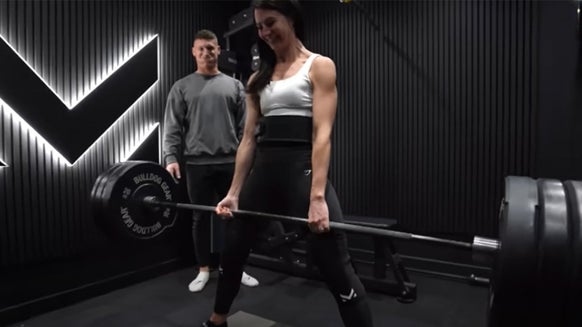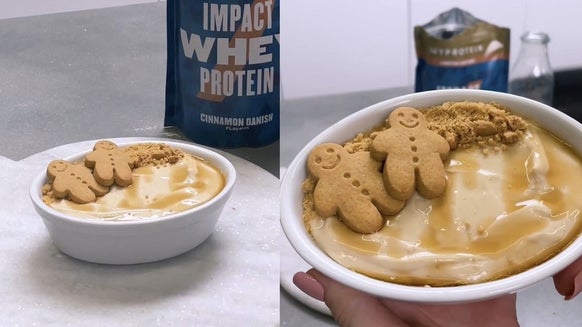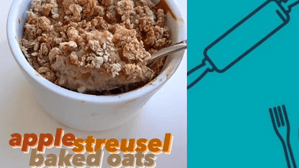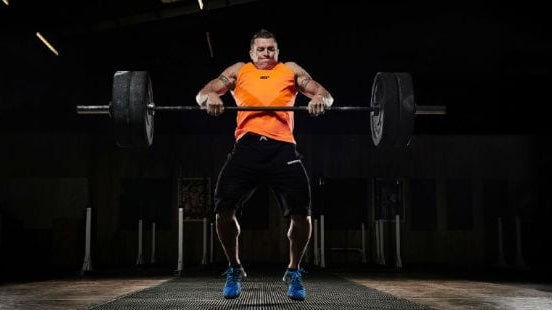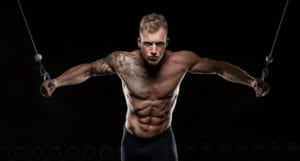
The pecs, or chest, play a large role in the performance in many sports from powerlifting to rugby to swimming. Additionally, your chest plays a huge part in the appearance of your torso and how the upper-half of your physique looks — and thus are a staple for any amateur bodybuilder or fitness fanatic.
This article will provide you with a comprehensive guide of chest exercises that are guaranteed to set you on the path to building a bigger and stronger chest.
The Chest
Your chest is split into two main muscles;
1. Pectoralis major
a large fan-shaped muscle which runs from the clavicle/sternum, across to the humerus via a thick tendon. This muscle is primarily responsible for flexion, adduction, and internal rotation of the glenohumeral joint (the ball and socket joint of the shoulder).
2. Pectoralis minor
The smaller muscle connects the third to fifth ribs to the scapula. This muscle’s primary functions are to depress, abduct, protract, internally and inferiorly rotate the scapula.
There are also many other smaller muscles that contribute to stability and co-ordination when you are lifting weights, known as synergists.
The chest exercises
1. Flat Bench Press
If you have access to a bench and a barbell with plates, then you’re set for this exercise. Plant your feet into the ground, with your bum, upper back and head all firmly on the bench. Un-rack the load, with your eyes underneath the barbell to start (if a family member or housemate can spot you then that’s great – safety first!).
Lower the barbell in line with your nipples, keeping your elbows tucked at around a 45-degree angle. Be sure to squeeze your shoulder blades together, create an arch in your lower back and engage your core for optimal control of the barbell. Press the load to the start position before repeating.
Recommended sets and reps: 4-5 x 8-15
2. Incline Bench Press
Adjust the bench so that the head is elevated at around 45-degrees. Perform the bench press following the same technique instruction as the flat bench. This variation results in more preferential activation in the deltoids and upper fibres of the pecs.
Recommended sets and reps: 3-5 x 8-12
3. Decline Bench Press
Using the same set up as the flat bench press, pull the pin and drop the head of the bench a few notches. Perform the exercise the same as you would a normal barbell bench press. Due to the fan-like attachment of the pec’s from the humerus to the sternum, preferential activation of the lower muscle fibres can occur with variations like this one, thus resulting in targeted development of the muscle as a whole.
Recommended sets and reps: 3-5 x 8-12
4. Dips
Using dip bars that are shoulder-width apart, start with your arms straight and your legs hanging. If you need to regress this exercise, then you can use your feet to support you throughout the exercise, thus reducing the amount of load you must lift.
Slowly lower yourself until your upper arm is parallel to the ground (for those who are a bit more mobile, you may benefit from going a little bit deeper as long as it remains to be pain-free). Once you feel a stretch in your pecs, press back up until you reach the start position. Starting with your body weight should be plenty of stimuli, but as you progress, feel free to add more weight.
Recommended sets and reps: 2-4 x 8-15
5. Dumbbell Fly
Use a relatively light load for this exercise so that technique is not compromised and stress on the shoulder joint is minimised. Starting similar to the dumbbell bench press, lie on a supine bench and press the load up to the end of the range of motion to reach the starting position.
Abduct your arms, following the natural arch of the shoulder, until your hands/the dumbbells are parallel with the shoulder joint. Proceed to adduct your shoulders by contracting your chest until you reach the starting position again. Try slowing down the descent/eccentric phase to increase the challenge.
Recommended sets and reps: 3-5 x 12-20
6. Cable Fly
Using adjustable height or fixed height cables, and using a relatively low weight, grab both cables while standing in the middle. Facing forward and with your arms outstretched (with a slight bend at the elbow), adduct your arms until your hands meet – or for a greater contraction, you can continue past the midpoint so that your arms cross. Slowly return to the start position in a controlled manner before initiating the next rep.
Recommended sets and reps: 3-5 x 12-20
Take home message
Training for hypertrophy requires three basic elements; consistent and structured resistance training with progressive overload, sufficient nutrition, and good quality sleep. When these exercises are combined with progressive overload and appropriate recovery strategies, then you can be sure that you’ll begin to pile on the muscle!
Training should be focused on compound movements for optimal results (1-2 per session), which are supported by isolation (or accessory) lifts (3-5 per session). Train your chest 2-3 times per week with varying stimulus for optimal results.

